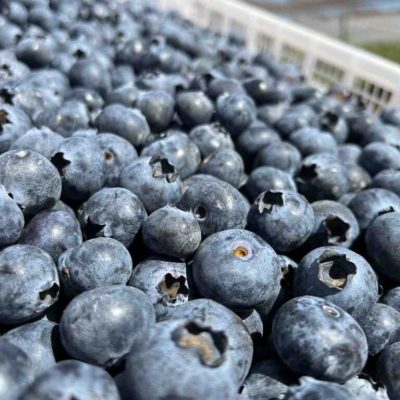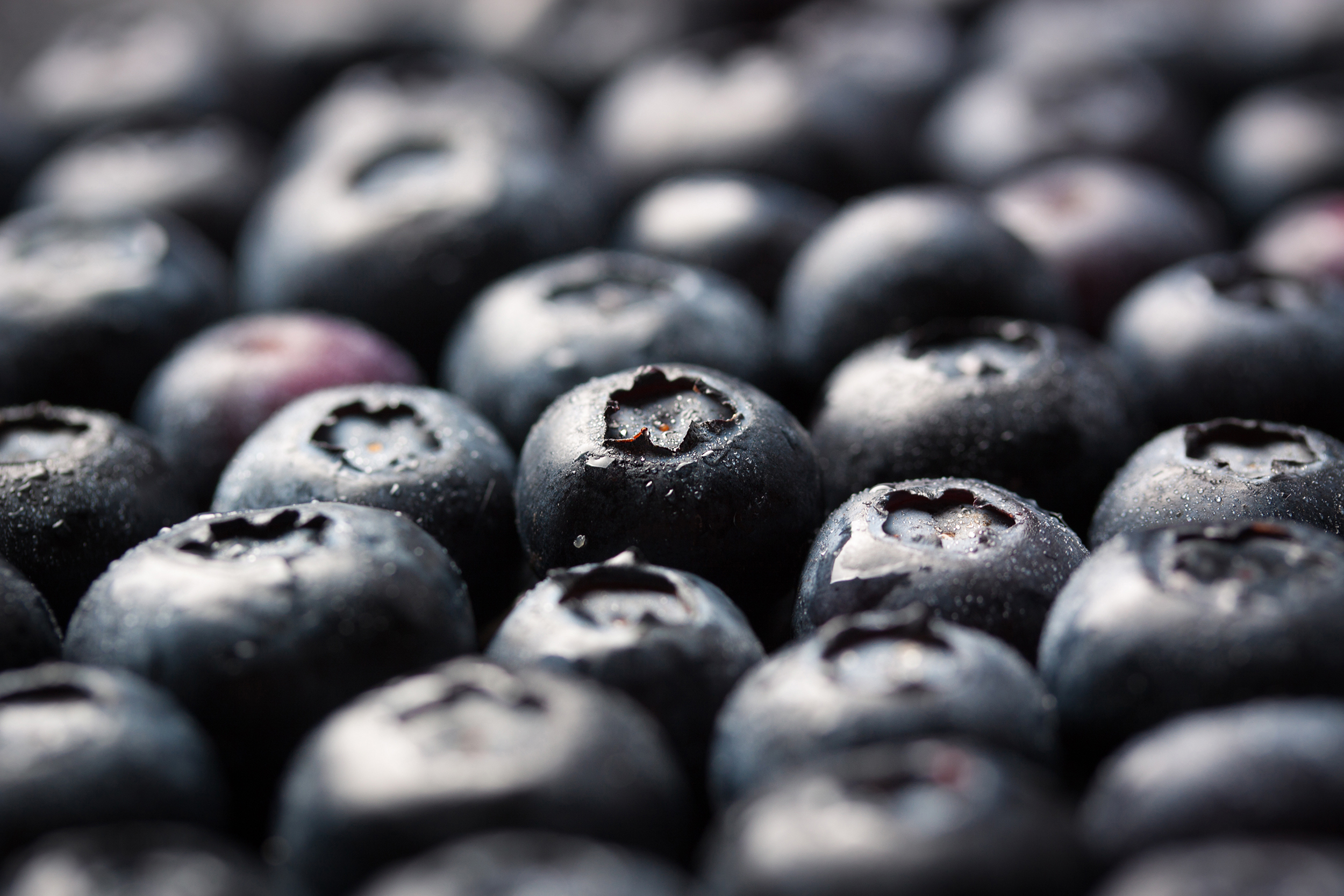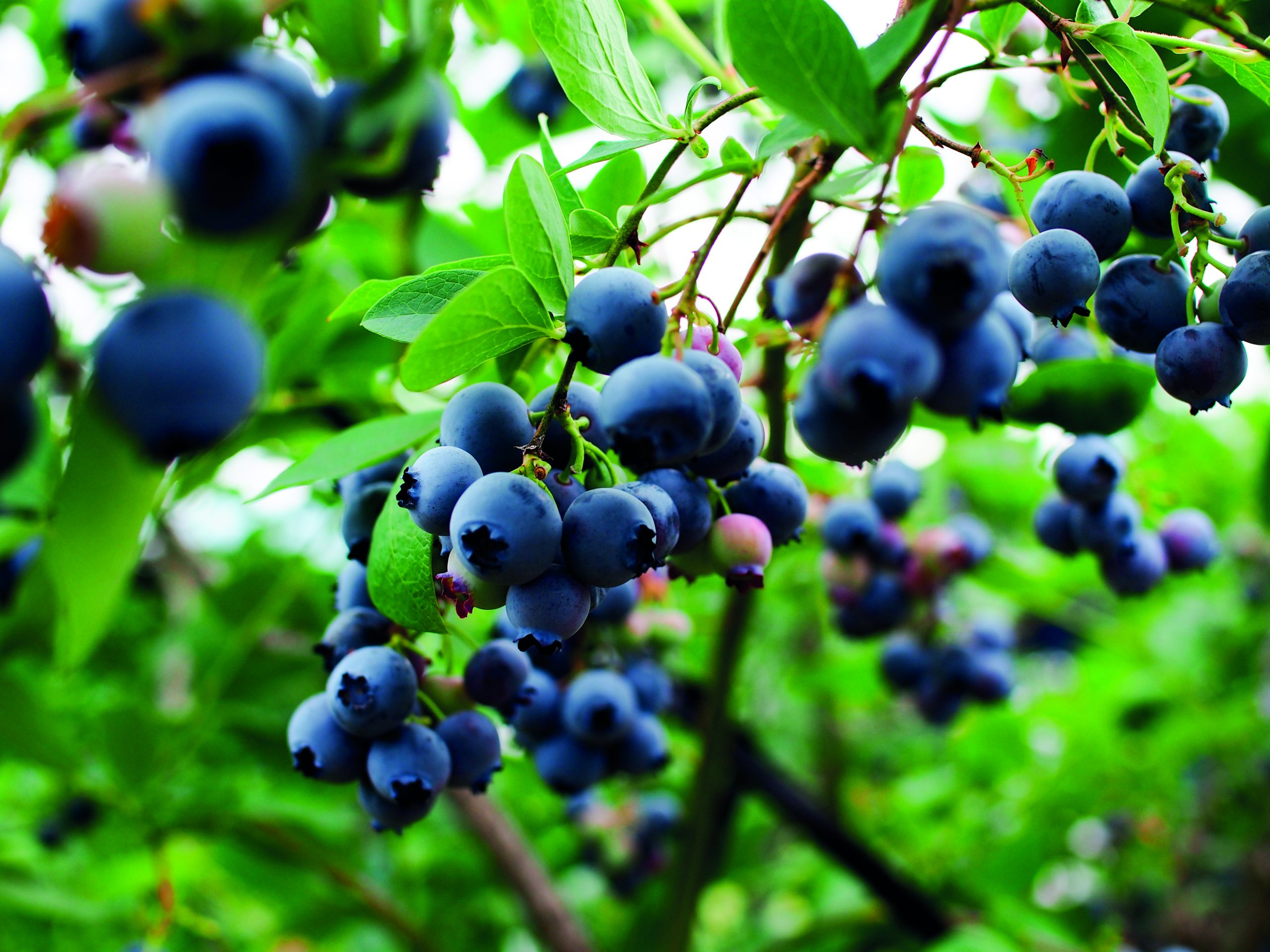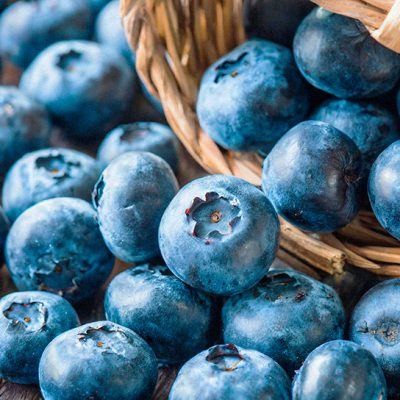Retail revenue soft fruit in US bigger than bananas or apples
Soft fruit is a growing market. In addition to strawberries, blueberries have been performing well for years, but raspberries and other berries are also becoming more popular. During the sixth Global Berry Congress, which was held in the Mainport hotel in the centre of Rotterdam yesterday, the challenges to the sector and the soft fruit segment in particular took centre stage. Can brand names increase revenues? Are growers prepared to grow a specific variety if that variety is marketed as a brand? And isn’t there a threat of soft fruit becoming too much of a ‘commodity’?
Robert Verloop of Naturipe opened the day with a brief outline of the challenges the soft fruit sector is facing. Although the danger is looming that berries will become a commodity due to the impetuous growth in the sector, players can distinguish themselves, for instance through packaging.
More revenue soft fruit than bananas or apples
In the United States, around 6 million dollars’ worth of soft fruit is sold, which is about 19% of total revenues in supermarkets. With these figures, berries have surpassed the traditionally popular products, like bananas and apples. Apples account for about 14% of revenue, bananas 11%. “The health argument brings the consumer to the berries, but the taste makes sure the consumer comes back.”
There is also an increasing presence of blueberries in particular on restaurant menus. And not just in the more upmarket restaurants, the fast-food chains are also including the berry on their menus increasingly more often.Newcomer Peru
The most important ‘newcomer’ on the blueberry market is Peru, where significant investments are being made in the berry’s cultivation. Robert explains that the sandy soil in Peru keeps the cultivation clean, and that the climate is excellently suited to this berry. “The country has a stable temperature and humidity, it’s like a greenhouse. That means production can develop fast.”
Challenges
Robert also sees real challenges. For instance, bigger packagings are needed, and size sorting in berries can help the sector advance. Sustainability also remains a recurring theme, just like the increase in organic cultivation. And finally, Robert talks about the extensive marketing campaign being deployed in the US, supported by the government. It uses well-known characters from Sesame Street for the youngest target audience, while for others celebrities, including Hollywood stars, are used to promote fruit and vegetables. “Fewer and fewer celebrities want their name connected with unhealthy snacks.”
Growth markets
Mike Knowles, Eurofruit, presented the results of his study of the sector’s challenges. For this study, he interview around 300 individuals from the sector. The main results are, regarding challenges: the margins that are under pressure, consistency and quality of the berries and new varieties. Growth markets were also a part of the study. The most remarkable ones, in addition to the most well-known opportunities in Asia, are Romania, Ireland and the various markets in the Middle East, including the United Arab Emirates.
The congress had 350 visitors from 32 countries. In between the various sessions, there was room for networking, enjoying a cup of coffee or tea, or to visit the stands on the small ‘expo square’. The themes included in the programme will be written about in the upcoming days. These themes are: cooperation with supermarkets to promote berries, the growth in Latin America (including the latest estimates for the past season), technological solutions and brand names for soft fruit.
Photo: left to right: Chris White, Robert Verloop and Mike Knowles opened the sixth Global Berry Congress. Fresh Plaza.
03/25/2015
Fresh Plaza







